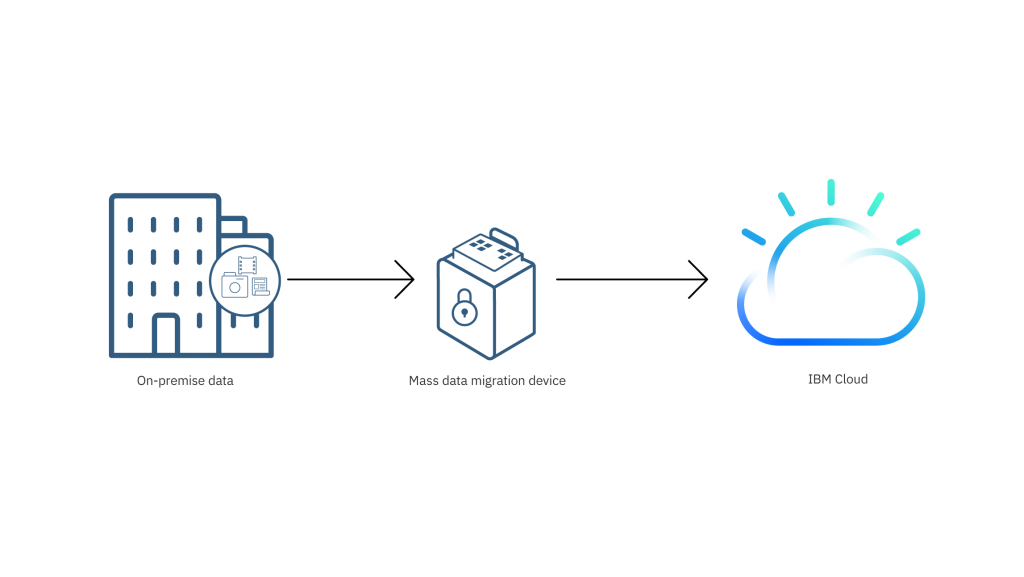At the rate with which technology is evolving, upgrading from a legacy system is almost inevitable, and something your business will most likely have to do every few years. However, it’s not quite as simple as copying and pasting data from source to destination. If you are thinking about making the big shift with your own company’s data, you’ll have to take a few important factors into account. Here are some things you should consider in order to facilitate a successful data migration.
Decide exactly what data you’ll be migrating.
One of the most common mistakes that many entrepreneurs make is to transfer every bit of data without considering what they actually need for their business. To determine what to carry over, ask yourself what data is crucial to keeping your operations running smoothly. Also, consider how many years’ worth of data you want to keep. Do you really need all of it or can you make do with only a certain portion of it? By identifying what you really need to keep, you can avoid clogging up your new software with unnecessary data.
Determine if your data needs cleansing.
Poor data entry could result in dirty data: missing fields, duplicate items, and incorrect labels. Worse, corrupt data could muddy up your processes, causing search and report functions to stop working properly. After you’ve narrowed down what to keep, check if any of your data needs some clean-up. Though it’s possible to clean data after migration with an automatic tool, it may entail a lot of manual checking, which isn’t very cost-effective. Thus, it’s best to already clean your data before migration so that your records match up properly.
Keep an eye on potential security leaks.
Whenever you move data from one system to another, there’s always a possibility that you’re leaving behind certain permissions or losing previously applied security settings. If these holes are not caught early on, your company could be at risk of data theft. This could make your newly moved information vulnerable to attack, so make sure you’ve done a block-level migration to keep those settings in place. You should also read the data migration documentation to understand exactly what each step of the process involves to ensure you leave no stone uncovered. Ideally, you should work with experts that provide secure data migration solutions to save yourself from unnecessary hassles.
Test your migration plan.
Testing is crucial to a smooth data migration process. Before performing any operations on a massive scale, you should try your plan out on a small sample to see if you have to iron out any kinks in the process. Otherwise, you might just end up with a bigger mess than you started with. Set your testing period early so that you have enough time to make any necessary adjustments. Make sure to test the usual day-to-day operations on your relocated sample data, too, to see how well it would perform with your usual workflow. As you make your observations, don’t forget to document your tests so that you have something to refer to, should you encounter any problems in the future.
Migrating to a new system could help your business run more efficiently, but if you don’t make the necessary preparations, a number of problems may arise. Should your migration result in incomplete or corrupt data, you’ll find yourself spending more money than if you had carefully taken everything into account from the beginning. In order to prevent any major issues from cropping up, it’s best to map out your plan in as much detail as possible. Keep all of these considerations in mind and you should be able to successfully migrate your business’s data without a problem.
 Techosta Where Tech Starts From
Techosta Where Tech Starts From
